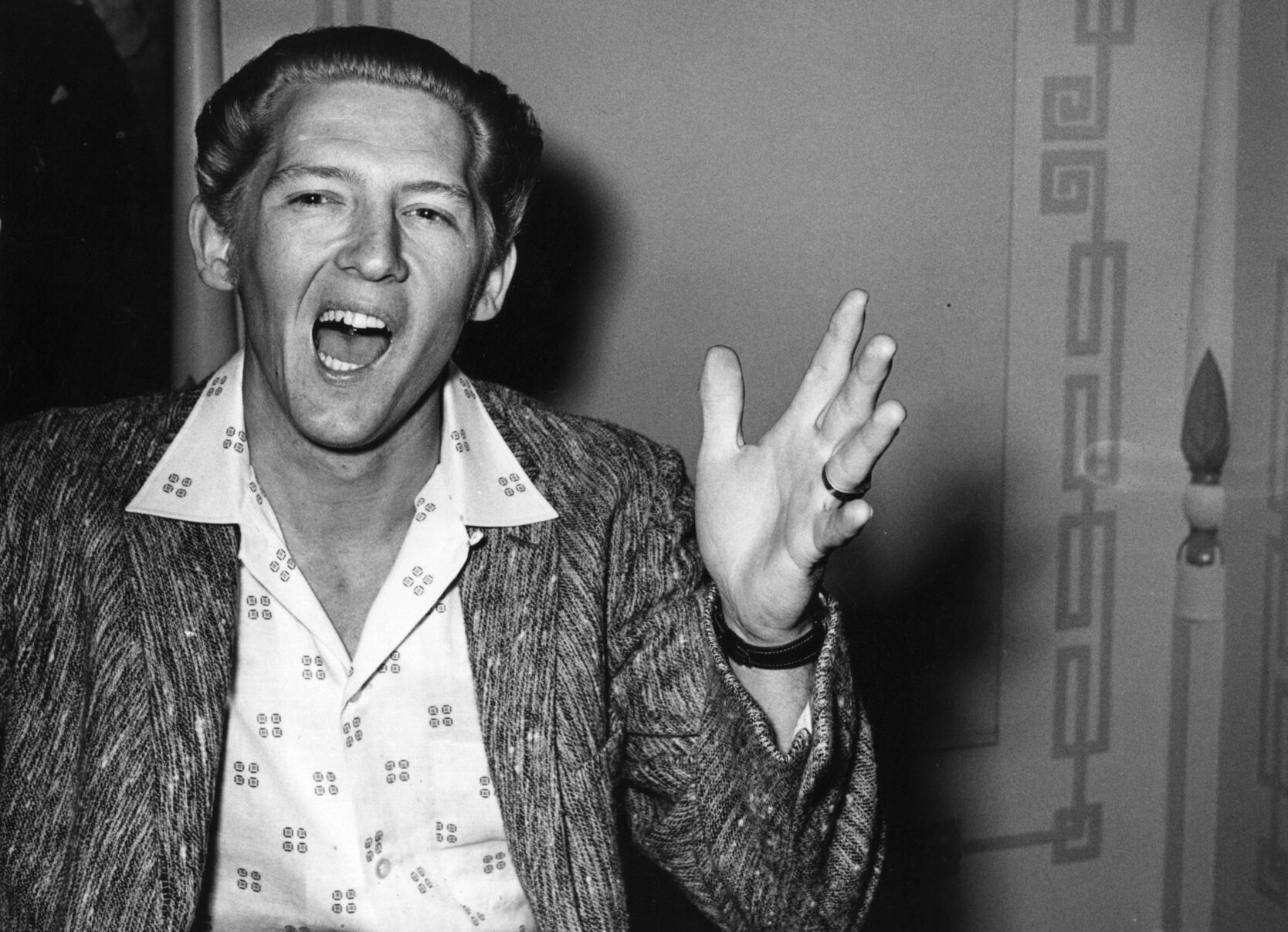Adam Weiner, better known as Low Cut Connie, is a Philadelphia-based rock and roll artist whose piano-pounding style is often compared to Jerry Lee Lewis. Rolling Stone referred to Low Cut Connie as “…Jerry Lee Lewis if he’d had his first religious experience at a Replacements show.” Here is his remembrance of the late rock pioneer.
“I am just what I am — Jerry Lee fucked-up Lewis.
And if they don’t like that…they can kiss my ass.”
The Killer is dead.
That name: the Killer. It followed him his whole career, the whole wild ride of his life.
He didn’t get the name because he slayed audiences like a feral dog.
He didn’t get the name from his homicidal approach to piano playing.
He didn’t get the name because his records shook up the whole entertainment business and made other rock and rollers look like chopped liver.
He didn’t get the name from his legendary television appearances that scared the hell out of everyone with their maniacal fury.
He didn’t get the name from how he killed his career in 1958, just as it was getting started, after marrying his 13-year-old cousin, Myra Gale.
And he didn’t get the name for the decades of misdeeds and malfeasance, the deaths that surrounded him, rendered perhaps by his own hands or simply by the sheer destructive force of his life.
None of that is how he became the Killer. He was the Killer long before. Back when he was a child in Ferriday, Louisiana and tried to strangle a man with his own necktie.
He was a wild little bruiser from the jump, and his parents Elmo and Mamie mortgaged their farm to give him something to focus his violence upon: a plunky upright piano.
His brilliance was immediately apparent. As a young teenager playing piano on the back of a flatbed truck, he thrilled and terrified people. He got expelled from Bible college for playing music that was too Black. He was a wigged-out little white boy playing rhythm & blues and Pentecostal hymns side by side. His sound was elemental and bizarre all at once.
“Get the Killer down on tape right and we’ll make millions.”
When Jerry Lee made his way to the Sun Records stable in Memphis, producer Sam Phillips recognized him as the greatest talent of all his rock and roll artists. The kid was pure and unfiltered. His passion and lasciviousness went straight to tape like nothing he’d ever heard. But Phillips knew he had a wild child on his hands. The trick would be in figuring out how to nail the little punk down on the piano bench for two minutes. If you can do that, he thought, we’ll have a hit. Or maybe even something more than a hit — a sensation.
On the drunken evening when they were set to record what would become one of the biggest songs of the 1950s, the Killer was in psychological and spiritual crisis. If this song was to be released, he felt that the world would know what a degenerate sinner he was. He didn’t wanna do it.
Out of desperation, Phillips tried to convince the Killer that rock and roll could be a force for good, that maybe they could change the world for the better.
SAM: “You’re gonna revolutionize the whole universe…You can save souls!”
JERRY LEE: “How can the Devil save souls? What are you talkin’ about?! Man, I got the Devil in me!”
In the end, he got the kid on tape for one minute and 52 seconds.
And for better or for worse, the Killer did indeed change the world.
“I have struck again with a 14 million-seller underground record. Because I’m tellin’ the truth.”
Before there was Christian Rock and School of Rock and We Will Rock You, the New Smash Hit Broadway Musical… Before Coldplay and Imagine Dragons and every other inoffensive and pasteurized iteration of modern rock and roll…there was a completely Earth-shattering genius named Jerry Lee Lewis who could tear your heart out.
I learned something important from him — how to use the piano like a boxing ring, where you can spar with your audience. Make people think you’re right-handed, but then attack with your left. People tell me “Now you carry the torch.” I don’t agree at all. He was a comet, a flame-thrower, a hellion. You can’t touch it.
Jerry Lee in his prime had the ability to take the worst impulses in himself, his most violent and destructive and sinful urges, and focus them like a laser upon a great, resonant, howling piece of ferocious art. He may be damned forever, but those songs will be here when the world explodes.
But I have no clue if the Killer went to Hell.
I’m an atheist Jew, so I get to punt on that question.
What I do know is that Jerry Lee made some songs that can still make my hair stand straight up. “Great Balls of Fire” streaking in front of us like they were there from the beginning of time and will never leave us alone.
The Killer is dead. Let the music live on.





